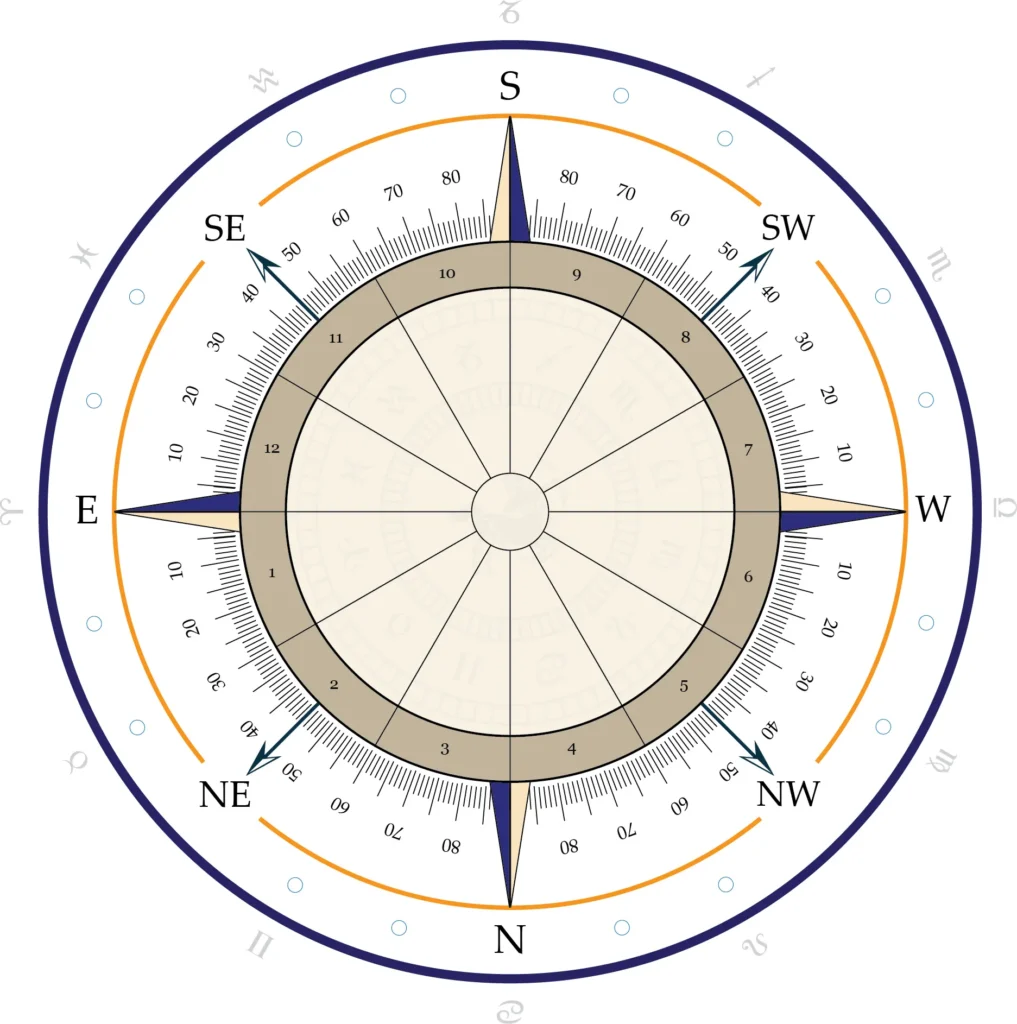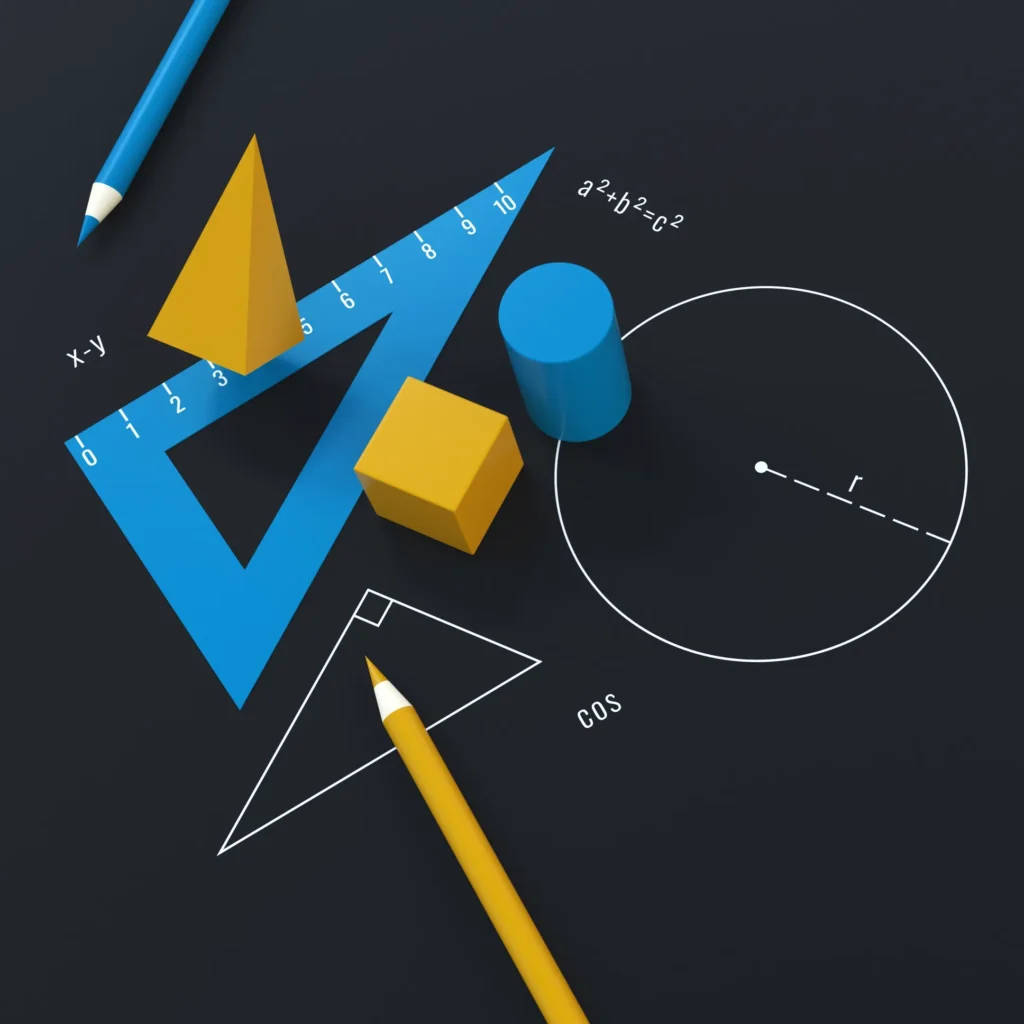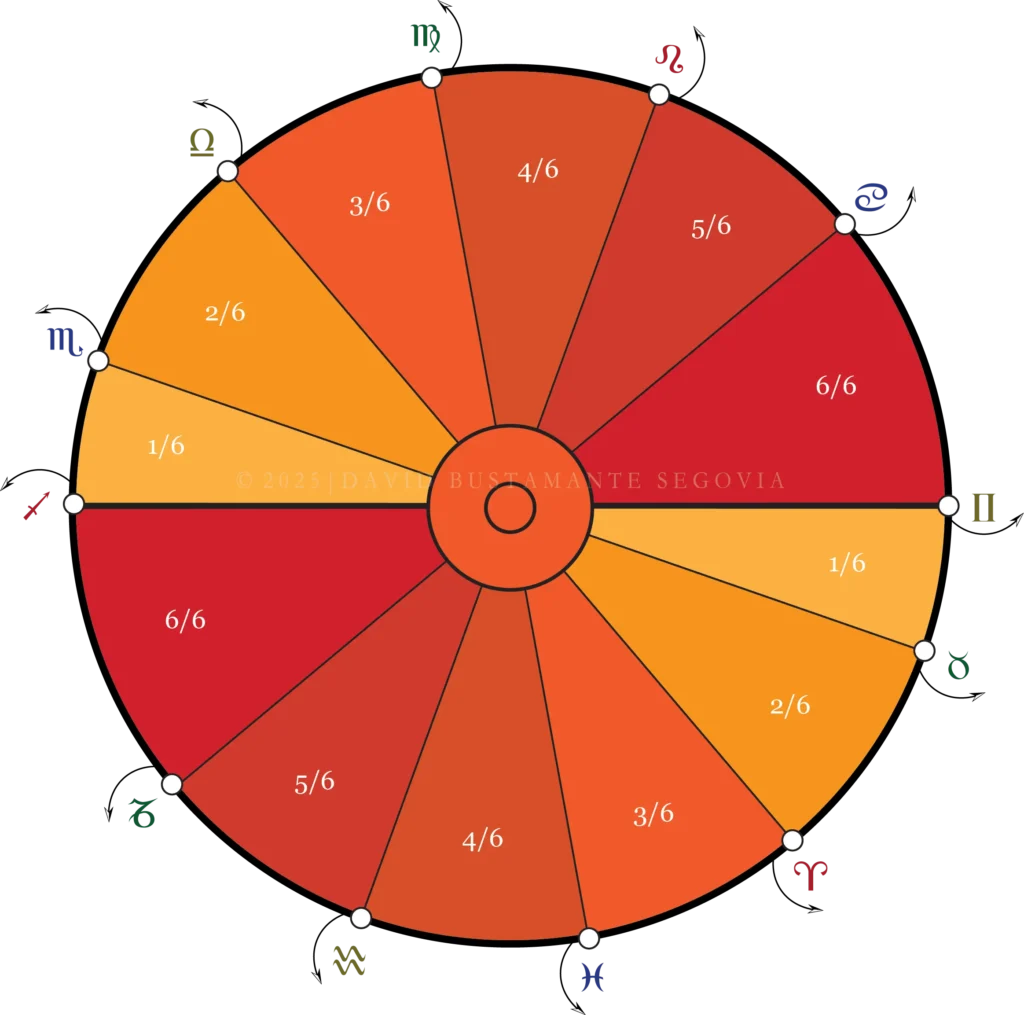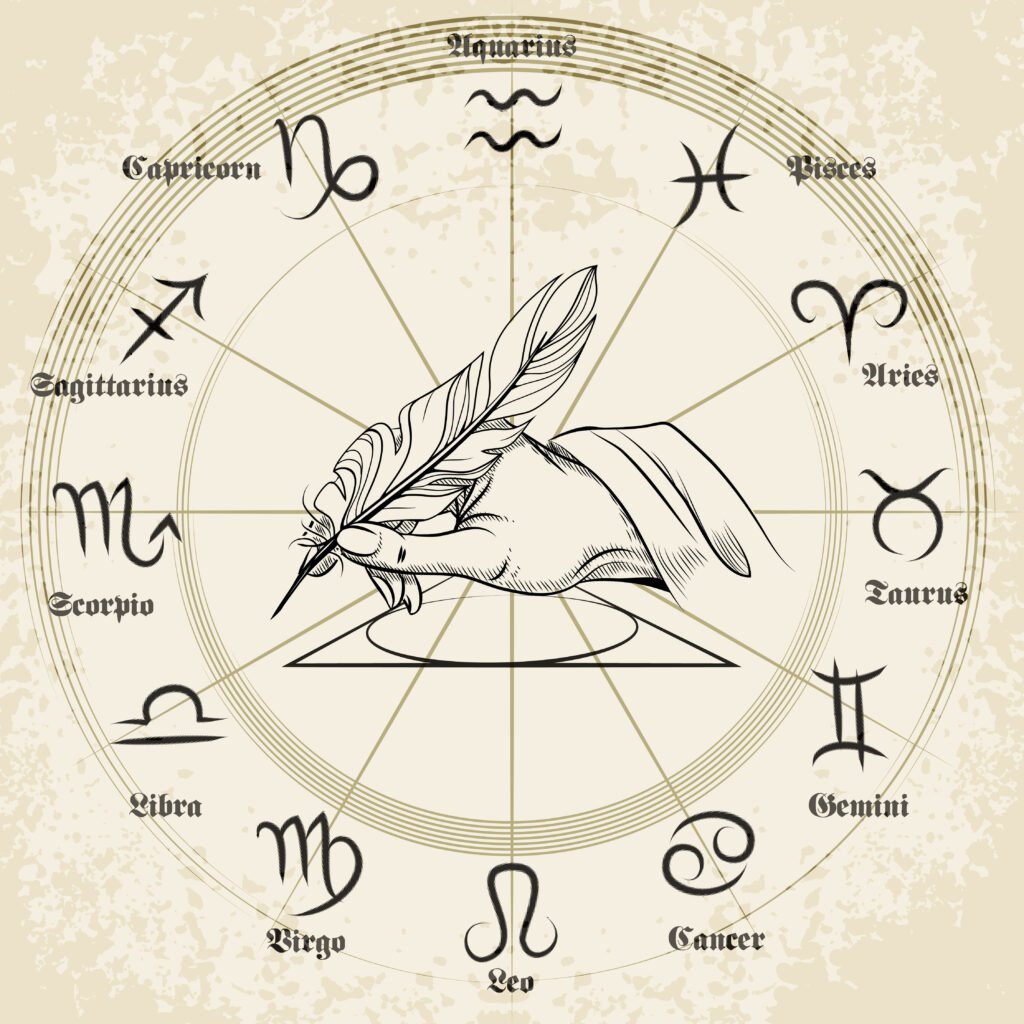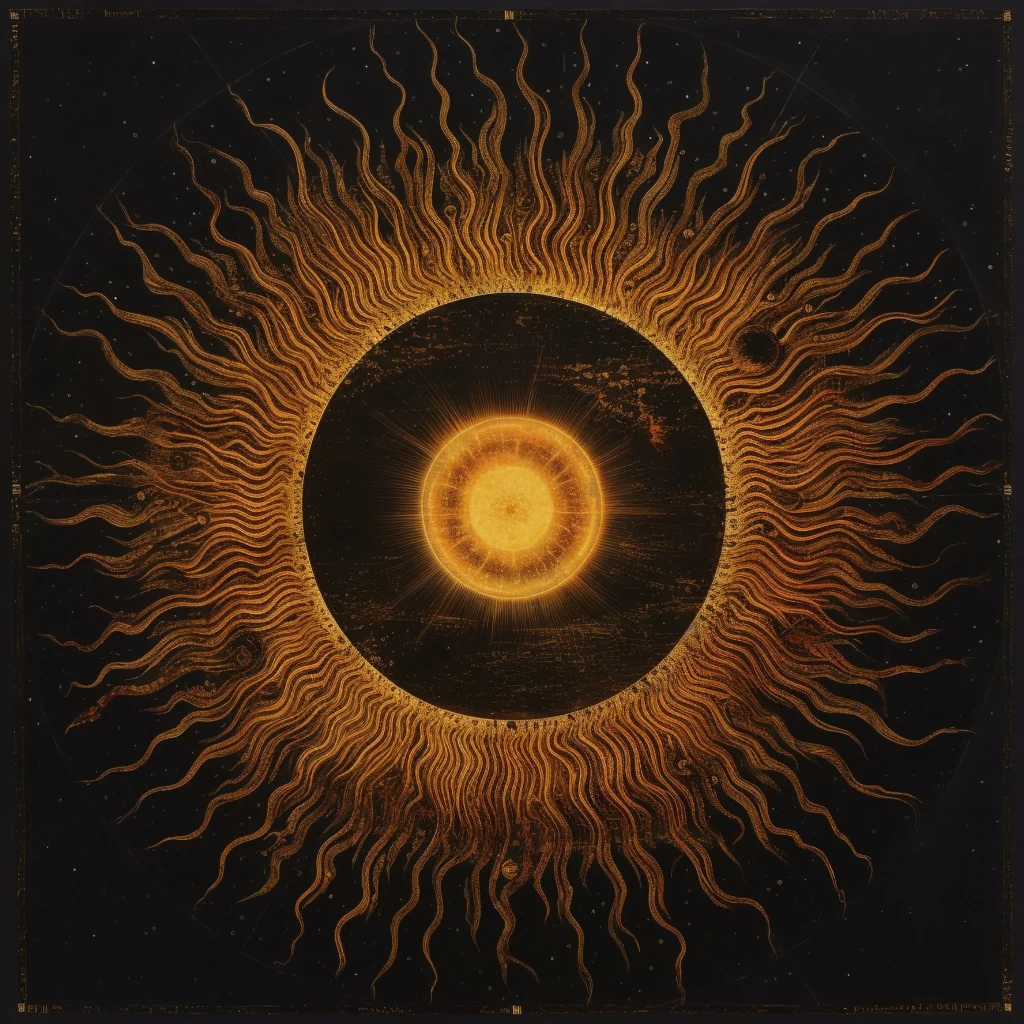
Placidean Mechanism of Action (relativity), Spacetime (Louis), and Hours (Mike/Houlding)
Upon publishing the paper «Time Dilation […] and Why the Placidus Measurement […] is Compatible with Relativity Theory», from 26 September 2024 in Montgomery, TX, some people wrote stating that they had never read an explanation of the Placidean mechanism of action that were as simple or straightforward as the one presented therein. This can be ironic because, although compatible with something as complex as relativity, it is quite simple from an astrological perspective, that is, to understand relativity from said standpoint, or the Placidus measurement from the standpoint of relativity. [1]
Why or how? To date, only two forms of time dilation or relativity exist or are known to us (special, or velocity, and general, or gravity). Our paper, in turn, posits that we were aware not of the first form of relativity: the tilt of a moving frame of reference (Earth) relative to an inertial frame of reference (ecliptic), which yields 360 different times of oblique ascension (see equation of time), confirmation or recognition possible by the Placidean formula only (reason for which only Placidus-measured houses are “in perfect harmony with the use of planetary [seasonal or solar] hours”, as Deborah Houlding has stated).
Although this bears not a mystery to those with trigonometric or physical knowledge, very little astrologists today possess said knowledge, and those that do, unfortunately do not study physics or at least relativity (spacetime) so as to notice the apparently clear relationship or same phenomenon (spacetime, four-dimensional reality) in astrology and/or time-based quadrant house measurements (as said in Galileo and Placidus, spatial measurements cannot bear the fruits which only that of time can bear). [2] What are, however, the implications of said relativity beyond house measurement? Gravitational ones, of course, even if the differences are minimal or otherwise negligible, and only if we were to apply atomic clocks to oblique ascensional times would we learn these differences. This was presented — theoretically — in one of the appendices of the paper to which we earlier referred. (Appendix B. Look too for a key word: “atomic clock” or “oblique/zodiacal clock”. Very fun stuff.)
Returning to astrographic regions, while it is true that Placidus houses bear the name of the brilliant Benedictine monk who popularised them during the 17th century, they are not Placidean: they are simply the houses of the sun or solar houses, or utmost natural houses, not to mention that they respect a truth confirmed by science hundreds of years before it was confirmed (1905, special relativity; 1915, general relativity): spacetime. In this sense, they can also be called spacetime or relative houses.
The School of Traditional Astrology, for their part, presided by Deborah Houlding, Facebook published (15 October 2024) a commentary on the compatibility of the method in question with planetary hours noting that “the Placidus house system offers perfect harmony with the use of planetary hours because every cusp marks a degree that the ascendant [had it been the degree occupied by the sun at the time of birth] will move to at a subsequent [two] planetary hour[s].”
It turns out that this method of house division (Placidean or relative) makes it possible to recognise the ascensional times of each degree of the circumference simultaneously and uninterruptedly, that is, in a temporally simultaneous and spatially uninterrupted manner during its displacements from the horizon (ASC) to the midheaven (MC), as it takes into consideration what we know as proper time (see video). This is the reason for which said measurement is able to reveal the exact position on the horizon that any one oblique degree can occupy at any given time at any given latitude. Planetary hours are thus one of the consequences of astrological relativity as explained in the abovementioned paper, for each degree of the ecliptic will continue to exhibit the same behaviour as that of the sun during the first time it ascended, culminated, and set with it (each day the sun has a different ascensional time relative to the previous day and the day that follows; hence also each zodiacal or oblique degree). Please read STA’s explanation of the planetary hours.
Why then try to escape or circumvent the one method of measuring houses that would bring astrology closer to the place it occupied centuries ago? That is, the clearest feature that would make it compatible with physics (if not a branch of physics). Or can it be asked whether the method was not understood until now? Be that as it may, there is no need to divide the spacetime of our horizon in a manner different from that set or established by the sun, unless one has a particular bias (e.g. adherence to a particular astrological tradition). No one has said it nicer or in a more polite manner than our dear colleague Anthony Louis (December 22): “[…] astrological house systems should be consistent with the prevailing scientific worldview [3] of the epoch in which they are used. In other words, the astrological houses of a natal chart must necessarily divide the spacetime [horizon] around us at the moment of birth.” (Highlight is mine.)
And further notes: “The Placidus system is consistent with Ptolemy’s description of ‘releasing’ and the primary directions of points intermediate between the horizon and meridian, which takes into account both space and time, anticipating Einstein’s notions of space-time and the non-Euclidean geometries of the 19th century, implicit in Ptolemy’s original writings in the 2nd century CE. It is not surprising that Placidus fascinated British astrologers in the 19th century and became the predominant house system in the English-speaking world.”
Mike Wackford, for his part, points out (2006) that: “The houses in question [Placidus] are inextricably linked to both the idea behind Planetary Hours and the most ‘natural’ system of Primary Directions. To use either whilst adopting a different house system is to rather miss the point”. And further notes: “Students of horary who retain the traditional use of planetary hours whilst following William Lilly in his choice of Regiomontanus houses may wish to reflect upon the inconsistency of this.”
Deborah Houlding would appear to agree, as she writes: “Mike Wackford presents convincing arguments about the great theoretical strength that the Placidus system has due to the fact that «The houses in question are inextricably linked to both the idea behind Planetary Hours and the most ‘natural’ system of Primary Directions».”
Indeed. In the case of the planetary hours, this is due to the fact that (as it was mentioned in the second paragraph) only the Placidean formula is able to recognise or record the ascensional times of each ecliptic or oblique degree (each footprint of the sun) from the ASC to the MC and from the MC to the DES at any given latitude, as shown in this paper. For this reason, only Placidus-measured houses will reflect that each cusp (i.e. that degree) coincides exactly with the length of time of each two seasonal (planetary) hours, that is, each two (seasonal) hours of ascension of said cuspal degree.
Houlding explains: “To calculate manually, divide the time between sunrise and sunset by 12 to obtain the duration of each diurnal [planetary or seasonal] hour; then divide the time between sunset and sunrise the by 12 to obtain the duration of each nocturnal [planetary or seasonal] hour. The Placidus house system offers perfect harmony with the use of planetary hours because every cusp marks a degree that the ascendant [had it been the degree occupied by the sun at the time of birth] will move to at a subsequent [two] planetary hour[s], so the 12th cusp marks where the ascendant [had it been the degree occupied by the sun at the time of birth] will be positioned 2 planetary hours after the chart is cast; the 11th house where it will be after 4 hours, etcetera.”
Should you were to conduct this measurement with the example provided in Time Dilation and Why the Placidus Measurement of the Houses are Compatible with Relativity Theory (26 September 2024), which chart was erected at Kodiak, Alaska (that is, 57º N of the equator), you will see that the 152,5-minute rate at which the degree occupied by the sun (20º Leo) displaces itself in spacetime (each one sixth of the diurnal arc) constitutes exactly two planetary or seasonal hours in said chart, that is, 76,25 minutes x 2 = 152,5 minutes (or 1 hr 32 min), for the total amount of diurnal hours (sunlight) at this latitude on the day of birth (12 August 2024) is 15,25, that is, 915 minutes (or 152,5 minutes x 6 = 915 = 10hr 15min).
So that, should you now place the degree occupied by the sun (20º Leo) at the ASC, that is, should we change the hour of birth from 4:33 a.m. to 6:36:09 a.m., we will se that it will take exactly 915 minutes or 10hr 15min for said degree of the ecliptic to set or reach the Descendant, and this will remain or continue to be so eternally even when the sun has abandoned or left said point of the ecliptic, for it has left its footprint therein. In order to prove it, you may now set the date for, say, 12 January 2024, and you will be able to confirm that it does take exactly 915 minutes for the 20º Leo to travel from the ASC to the DES, that is, to set (09:51 p.m.) since it rose (6:37 a.m.). It will also be true that, should we continue to employ Placidus, we will have watched the sun travel exactly half of the length of each house every 76,25 minutes (or 1 hr 16 min, one seasonal or planetary hour), or each house cusp every 76,25 x 2 = 152,5, that is, every two planetary or seasonal hours.
It (Placidus) is as simple as that. To understand this phenomenon better, even visualise it, please read the paper referred to above, «The Astrological Theory of Relativity», and employ the ‘animate’ feature of your astrological/astronomical software to confirm everything or become a witness.
______________________
[1] For our part, like very few others, we believe that astrology constitutes the true bridge or the only discipline able to reconcile quantum physics with classical physics, and easily so. There is, however, no interest whatsoever on the part of the scientific community because of their confusion about astrology: they are yet to distinguish signs from constellations and astrology from the contemporary western capitalist society’s industrial product, namely, horoscopism. It will serve them well to reflect on the fact that astrologists before the two industrial revolutions were not, say, horoscopists nor YouTubers or Instagramers, but astronomers, physicians, and mathematicians (e.g. Morin de Villefranche, Nostradamus, Tycho Brahe, Johannes Kepler, Galileo Galilei, Giovani Antonio Magini, Placidus de Titis, Claudius Ptolemy, and, among others — allegedly so — even Newton).
[2] Anthony is — besides José Luis Pascual Blázquez and myself — the only person alive that I know to study both astrology and physics (if you were to distinguish one from the other, of course), and that is why the paper carries with it a comment from him (see References) on the relativity naturally inherent in aspectual relationships at higher latitudes (for reasons also stated throughout the paper), a phenomenon first adverted by William Lilly and by Ptolemy before him.
[3] “[…] with the prevailing scientific worldview”, Louis says. That is but the minimum requirement for any theory in any field to become successful, to at least not contradict the latest truth confirmed by science. Even Einstein, if one were to consider the fact that all inertial frames of reference are, like Galileo rightfully implied, created equal before the eyes of God or Physics, did not, as revolutionary as he was, contradict any physical laws “of the epoch”. What he contradicted was the interpretation of these laws, for it was, after all, an erroneous interpretation. In other words, Einstein only took the known laws of his time to the next or a higher level, one unimaginable by others. And the only reason he was able to do this was because he stood on the shoulders of giants. That is, on the shoulders of Newton, Kepler, Maxwell, and Lorentz, who laid the physical founding ground upon which he would work and even fantasise, just as much as we have worked upon the measurements of Alcabitius and Placidus to present the astrological theory of relativity in «Time Dilation […] and Why the Placidus Measurement […] is Compatible with Relativity Theory».
References
Bates, Graham. (s.f.). «The Astronomy of the Houses». Urania Trust. Retrieved from: https://www.uraniatrust.org/astrology/astronomy-of-houses
Bustamante, David. (September 2024). «The Astrological Delineation Procedure». The Mountain Astrologer, 232, págs. 76-83. Also published in Spanish by the journal of the Spanish Society of Astrology: «El procedimiento de lectura astrológico», SPICA, 64, pp.93-111.
Bustamante, David. (26 September 2024). «Time Dilation according to Tropical Astrology and Why the Placidus Measurement of Astrographic Regions is Compatible with Relativity Theory». DOI 10.5281/zenodo.13842058. Retrieved from: https://zenodo.org/records/13911295
Carroll, Sean. (2022). The Biggest Ideas in the Universe. Space, Time, and Motion. Dutton. Penguin Publishing Group. New York.
Chatham, Rhys. (2 April 2021). “Placidus versus Alcabitius House System.” Rhys Redmond Chatham Astrology. Recuperado de: https://rhysastrology.fr/placidus-vs-alcabitius/
Forest, Steven. (2023). “Why I Use Placidus Houses.” Forest Astrology. Recuperado de: https://www.forrestastrology.com/blogs/astrology/why-i-use-placidus-houses
Holden, Ralph. (repr, 2023). The Elements of House Division. Raven Dreams Press. Boulder, Colorado, USA.
Houlding, Deborah. Planetary hours (and days). Retrieved from: https://skyscript.co.uk/glossary/planetary-hours/
Lilly, William. (1647, repr. 2004). Christian Astrology. Astrology Classics. Retranscrito, Deborah Houlding (1999).
Ptolemy. (1940). Tetrabiblos. Loeb Classical Library. Harvard University Press. Boston, Massachussets. USA
Wackford, Michael. (1994, repr. 2006). “Placido and the semi-arc method of house division.” Skyscript. Retrieved from: https://www.skyscript.co.uk/placido.html

Freepik

